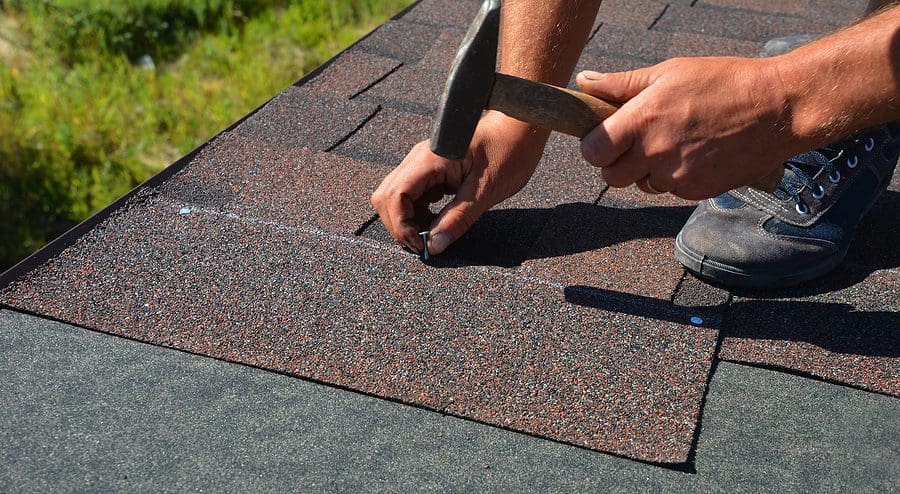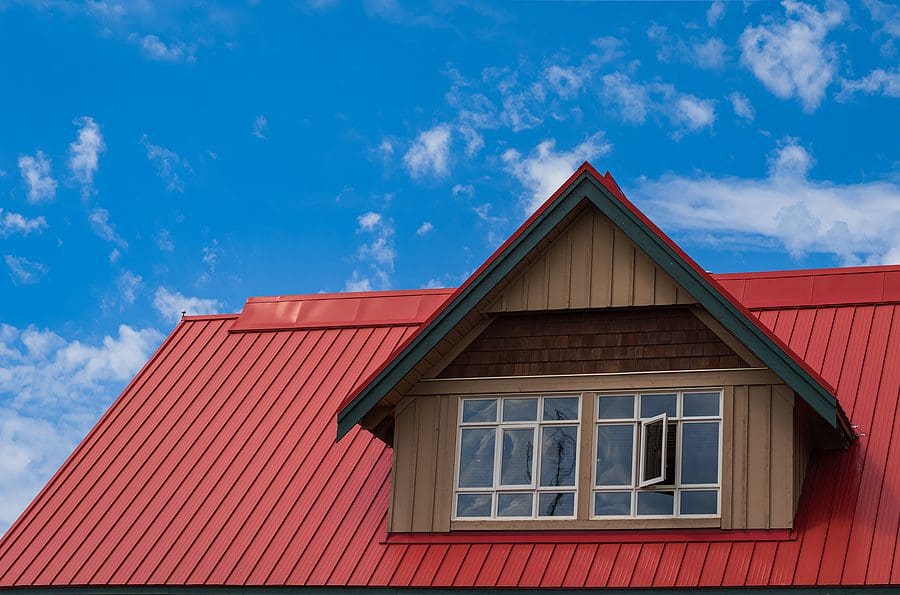There are a lot of factors to consider when looking at the best roofing materials for your home or business. When eyeing all the possibilities the roofing industry has to offer, rubber roofing, solar panels, green roofing, and concrete tiles, it’s not surprising to feel overwhelmed by your options. Trying to balance your budget with quality and longevity with curb appeal is enough to give anyone a headache! That’s why the professionals here at Wagner Roofing want to give you the information you need to better inform your decisions.
Cost Factors
It’s important to know that the cost of repairing or replacing your roof can vary widely depending on several different factors. Material availability, underlying components like shielding and ventilation, size and complexity, and operating costs can all affect the money you spend making your roof safe. While it may be tempting to go with the lowest bid, be sure to look at the integrity of your local roofing contractor before you make any final decisions. Any reputable companies will go through their assessment and suggestion process with you before committing to an estimate. Make sure your roofing company is:
– Licensed in your area
– Insured & bonded
– Experienced with the roofing work your require
– Able to provide references
– Willing to give an estimate
What To Consider
Before you commit to the roof you want, there are a number of things to consider. Take your time and research some of the potential issues common to your area. Be sure to discuss the best options for your roofing needs with your contractor.
– What kind of weather do you experience locally? How will this affect the longevity of your roof and what materials will provide the best protection?
– Do the materials meet local building and fire codes?
– Are there any special installation and maintenance issues to consider such as special framing?
– What kind of warranty comes with each choice?
– What is the projected longevity of your new roof?
Asphalt Shingles

Affordable, durable, and easy to use, asphalt shingles are the most common type of roofing found in the US. They come in a variety of colors and work with most architectural styles. Customers can choose between fiberglass, composite, or organic asphalt shingles to better meet their roofing needs. Asphalt shingles have a standing lifespan of about 20 – 30 years with regular care and maintenance, making them a reliable option for most homeowners. They are easy to source and recyclable, but there are a few issues to be aware of. The color of your shingles will fade over time due to sun exposure, and once the granule coating has started to fall off it will need to be replaced.
Organic shingles are made of a base mat comprised of cellulose or glass fibers before being saturated with an asphalt coating and surfaced with mineral granules. Because it has more asphalt than the alternatives, this is a more heavyweight option with higher durability. Organic shingles can better combat harsh climates where winter weather is a big concern. The downside? Organic asphalt is more likely to absorb water which can lead to warping. You will also need to be sure that your roof can support such a heavyweight option.
Fiberglass shingles are lightweight, yet durable and easy to install or replace. They are made from a woven fiberglass base mat before being covered with a layer of water-proof asphalt and ending with ceramic granules that help protect your roof from harmful UV rays. They have better water and fire resistance and work well in hot climates. However, they don’t hold up as well when exposed to long-term cold temperatures or icy conditions. Because they are thinner, fiberglass does not provide as much insulation and is not the most energy-efficient option.
Composite shingles are quite versatile as they can flex and adapt to many roofing needs. They are made by either covering a fiberglass base with mineral granules or by coating a cellulose base with asphalt. They are a good middle-weight option between fiberglass and organic shingles, a quality that has made them increase in popularity in recent years. Whether it’s a few missing or damaged shingles or an entire patch, they are easy to replace. Unfortunately, they are not very good at sustaining a direct impact such as a tree limb. Cracked or broken shingles need to be replaced as quickly as possible or they can lead to leaks.
Metal Roofing

Metal roofing creates a modern, industrial aesthetic that has become an increasingly popular choice due to the benefits of being lightweight, cost-effective, and low maintenance. It has a long lifespan that outstrips the competition by decades, up to 70 years, and comes in a variety of colors that can complement most homes. Metal roofing comes in two styles, panels, and shingles, and is comprised of aluminum, copper, stainless steel, and zinc. While it offers great resistance to heavy weather conditions and can be recycled after it has been removed, metal roofing can be expensive to install and will require soundproofing or it can become very noisy during rainstorms.
Standing seam metal roofing is accomplished by putting the panels together with interlocking seams that keep out moisture. Not only can it take a beating from debris, hail, and other environmental hazards that would damage less durable roofing materials, but provides better UV protection than its competitors. It’s great if you like to harvest rainwater and looks very sleek on your home. However, given that it is metal, rust can be an issue if water pools in any area for an extended period. While its durability can keep your home safe, large dents left from collisions can cause warping down the line.
If you’re not into the industrial look of panels, metal shingles can mimic slate, asphalt, or wood roofing for a more pleasing aesthetic. They are less of a hassle to maintain than their counterpart and reflect the heat of the sun, making for a much cooler home and long-term savings on your energy bill. Like panels, it can take a beating from hazardous debris and keep going. Unlike panels, metal shingles are a little easier to replace when one warps or falls off. However since the weight of these layered metal shingles is much heavier than asphalt or metal panels, you need to be sure that the underlying structure of your roof can handle them.